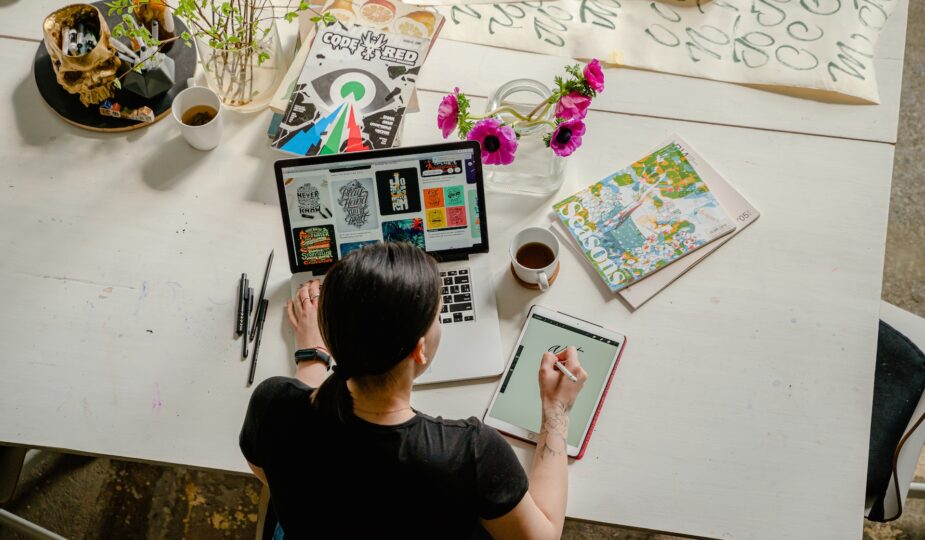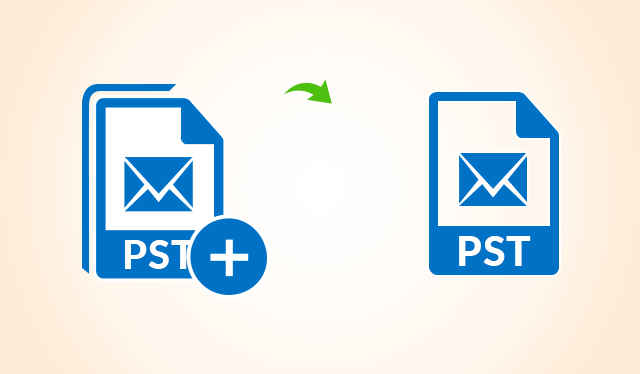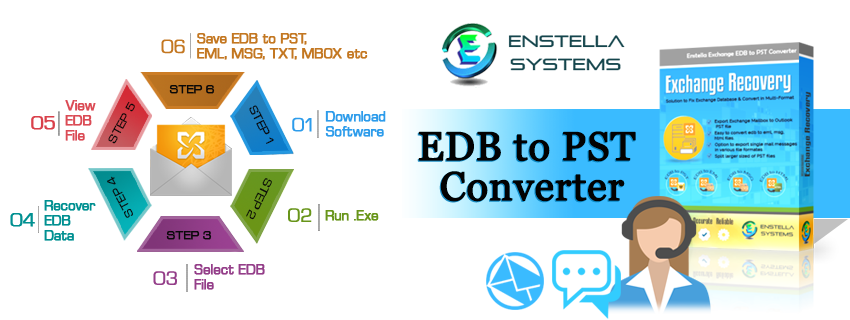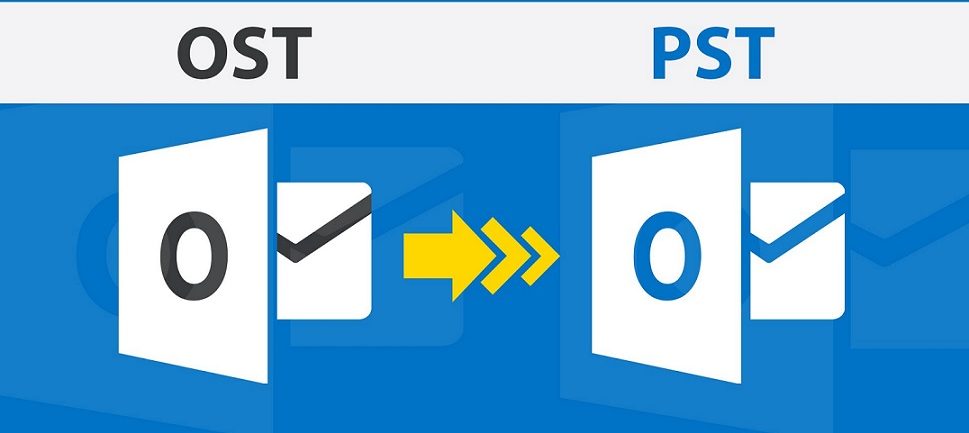As a graphic designer, you create brochures, magazines, and advertisements to assist the company’s marketing automation. This can be accomplished by hand or by using several software tools, depending on the project and the organisation’s goals.
Choosing graphic design courses in London is one of the best options, on the other hand, because it will allow you to transform ideas and develop your visual creativity, as well as provide a better understanding of the roles and responsibilities of a graphic designer.
You will be creating visual content to communicate ideas and messages through various forms of media, and it also involves combining typography, creative background design, and other visual elements to design layouts and graphics for various applications.
The specific software you will use is Adobe Photoshop, Illustrator, and InDesign to create visual designs that are both aesthetically pleasing and effective in communicating the intended message.
You need to have a strong sense of design, composition, colour theory, and typography, as well as an understanding of how to create graphics that align with a brand’s identity and message. Mostly, you have to collaborate with other professionals, such as writers, photographers, and marketing teams, to create cohesive and effective visual campaigns.
Pros & cons of being a graphic designer
You may work on a wide range of projects, such as creating logos, designing marketing materials, developing website layouts, designing packaging for products, creating social media graphics, and more. creating graphics for native advertising on social media, and more.
Pros of being a graphic designer
- Benefits of social media: As a graphic designer, you will have an excellent opportunity to use social media platforms or channels to promote your company portfolio.
- Creativity: You require a great deal of creativity, which can be very fulfilling and enjoyable when using your imagination to create visual content.
- Freelancing: For several careers, it is important to be physically available in the office or the lab, on-site; however, graph design is not one of them.
- Flexibility: You often have the ability to work remotely, which will provide you with greater flexibility and freedom in terms of work scheduling and location.
- High earning potential: If you enjoy designing, it will help you cover your basic expenses and lead a fulfilling life. If you put in the effort and have a great sense of design, you will undoubtedly have a high earning potential and are considered for a lucrative field that will help you build your career.
- In-demand skills: With the rise of digital marketing, there is a huge demand for skilled graphic designers, and their job opportunities have greatly increased, making them relatively stable and one of the most in-demand career options.
Cons of being a graphic designer
- Long hours: Choosing a graphic designer’s role means you have to work long hours to meet project deadlines, and you have to manage burnout and a poor work-life balance.
- Technology dependence: You have to be very familiar with and proficient with various software and technologies, which require training and can be challenging for anyone in an involved job.
- Competitive industry: Graphic design is a highly competitive industry, making it difficult to find work without a strong portfolio and network of contacts.
Choosing a graphic designer will help you create a great career path and quickly climb your career ladder, despite very few disadvantages that also again depend on your capabilities.
So, unleash your creativity and make a visual impact with a career in graphic design. Join the exciting world of design and bring your ideas to life. Apply now!









